How does ethanol change gasoline and octane? YouTube

Octane booster vergleichen und immer zum besten Preis online kaufen. Immer günstige Ersatzteile für ihr Auto am Start!
Ethanol Stakeholders Comment on High Octane Fuel Energy

Ethanol has a much higher octane rating (about 109) than gasoline. Refiners usually blend ethanol with gasoline to help boost its octane rating—most gasoline in the U.S. contains up to 10% ethanol. Blends of up to 15% ethanol are available in some areas, and several manufacturers approve using this blend in recent-model vehicles.
Musings by Jumpin Jersey Mike — Ethanol is not the solution!

Ethanol is generally made from corn, crop waste, wood chips, or sugarcane. Much of the biomass used to make ethanol is grown in politically important states. Iowa, for example, can trace $5.
refineries_and_octane_levels
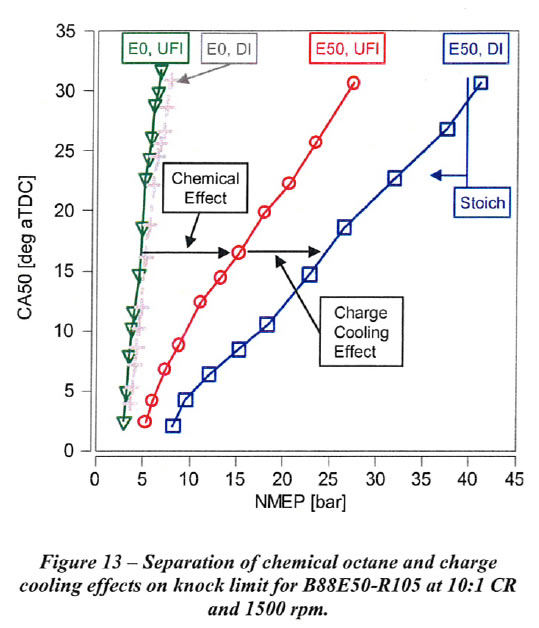
Gasoline with an octane rating of between 87 to 93 is always composed of either 10% or 15% ethanol. They are known as E10 and E15 respectively. Further, E85 gasoline also referred to as flex-fuel is made up of up to 85% ethanol. However, the ethanol percentage may vary depending on the state you live in.
90 octane (0 ethanol) vs 93 octane with ethanol (maybe?) KTM

The U.S. Environmental Protection Agency (EPA) administers the requirements with the Renewable Fuel Standard Program. There are three general categories of ethanol-gasoline blends: E10, E15, and E85. E10 is gasoline with 10% ethanol content. E15 is gasoline with 15% ethanol content, and E85 is a fuel that may contain up to 85% fuel ethanol.
Ethanol Report RFA 40th Anniversary Bob Dinneen

Both alcohols have a high octane rating, with ethanol at 109 RON ( Research Octane Number ), 90 MON ( Motor Octane Number ), (which equates to 99.5 AKI) and methanol at 109 RON, 89 MON (which equates to 99 AKI). [2]
Phase diagram of the mixture ethanol (1) + octane (2) for the

Today, E10 is sold in every state. More than 98% of U.S. gasoline contains up to 10% ethanol to boost octane, meet air quality requirements, or satisfy the Renewable Fuel Standard. E10 does not qualify as an alternative fuel under the Energy Policy Act of 1992 (EPAct). E15 E15 is a low-level blend composed of 10.5% to 15% ethanol and gasoline.
House members question EPA on ethanol increase Trade Only Today

The octane ratings below are the lowest allowed by law and may or may not reflect the actual levels offered for sale at most gas stations. Ethanol's effect on octane is not considered. Many fuel stations now offer an 88-octane fuel blend that is 15% ethanol, suitable for use in some gasoline-powered automobiles from model year 2001 and newer
High Octane Ethanol Blends Needed for Fuel Economy Standards Urban

What is Octane? Octane ratings are measures of fuel stability. These ratings are based on the pressure at which a fuel will spontaneously combust (auto-ignite) in a testing engine.
Sealed up 2 quart bottle of non ethanol 92 octane gas. 6 at autozone
Ethanol boosts blend RVP by roughly. PSI at 2-3% (by volume) - the driver for the 1 psi RVP waiver. In lower-concentration (up to 10%) ethanol blends, blending octane is the 112-118 range. Ethanol's octane improvement declines as concentration increases. E85 measured octane is typically in 100-105 range.
Relationship between Octane Numbers and GasolineEthanol blends

E10 or less. E10, a fuel mixture of 10% anhydrous ethanol and 90% gasoline sometimes called gasohol, can be used in the internal combustion engines of most modern automobiles and light-duty vehicles without need for any modification on the engine or fuel system. E10 blends are typically rated as being 2 to 3 octane numbers higher than regular gasoline and are approved for use in all new U.S.
The Octane Numbers of Ethanol Blended With Gasoline and Its Surrogates

E85 is an abbreviation typically referring to an ethanol fuel blend of 85% ethanol fuel and 15% gasoline or other hydrocarbon by . In the United States, the exact ratio of fuel ethanol to hydrocarbon may vary according to ASTM 5798 that specifies the allowable ethanol content in E85 as ranging from 51% to 83%. [1]
RighttoKnow Chemical Ethanol Label, SKU LB1584052
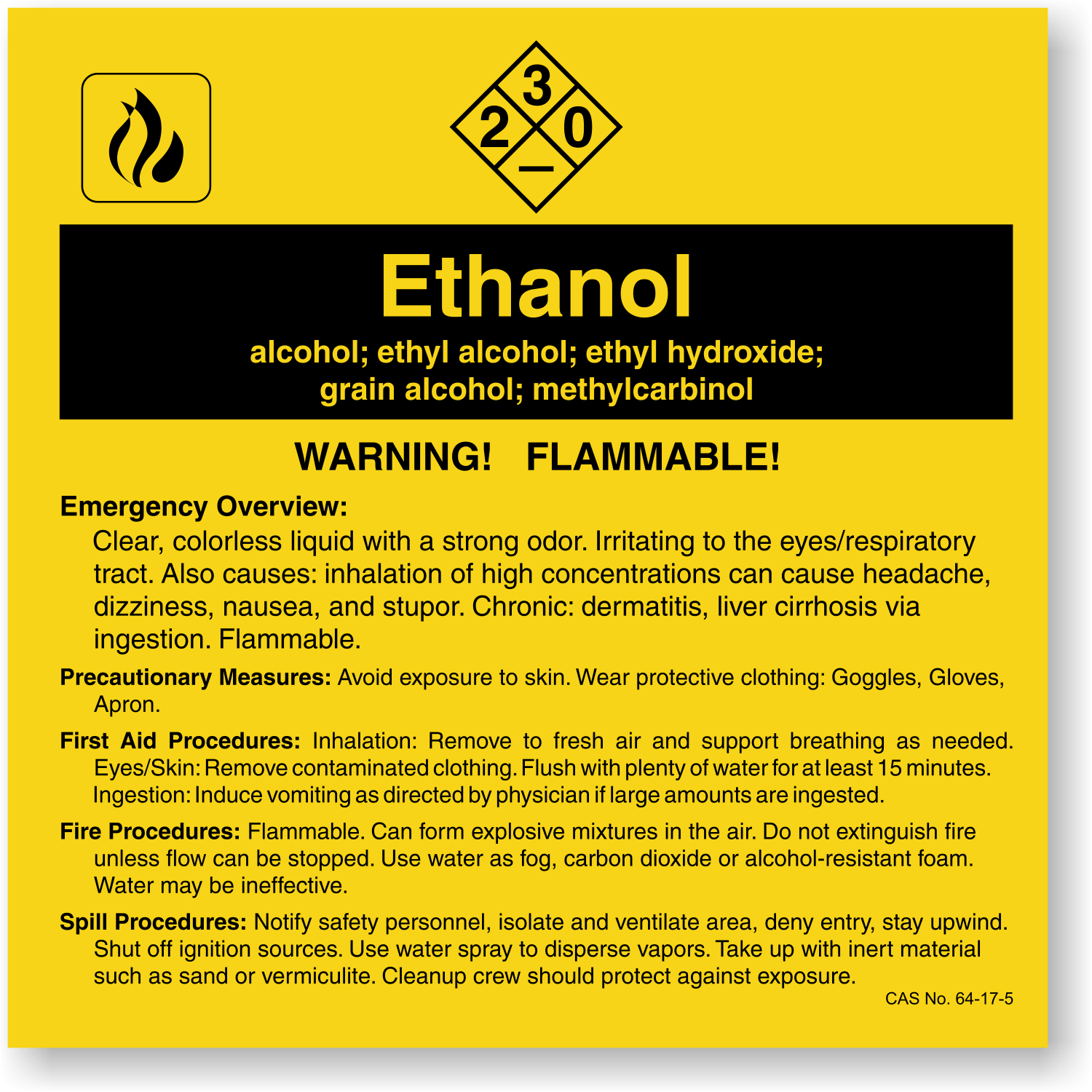
Of the 18 isomers of normal octane (C 8 H 18), octane gets its name from the 2,2,4-Trimethylpentane compound, which is highly resistant to auto-ignition.This iso-octane has been assigned the reference value of 100 for testing purposes. The extremely unstable normal heptane (C 7 H 16) molecule is the 0 octane reference fuel.. How does the octane level affect my vehicle?
FileEthanolxtal19763Dballs.png Wikimedia Commons
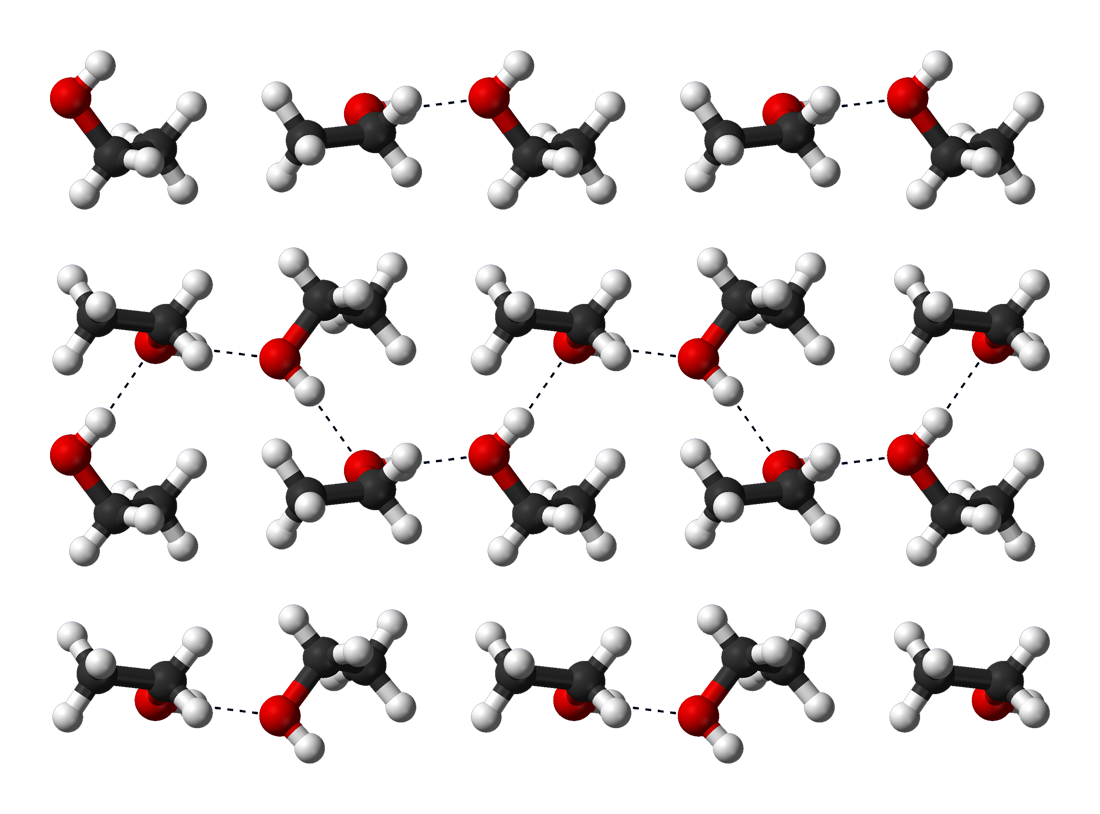
Octane is a gasoline additive that is needed for the proper functioning of modern engines. Octane sources have taken many forms throughout the years, both renewable and petroleum-based. They include lead, methyl tertiary butyl ether (MTBE), benzene, toluene, ethyl-benzene and xylene (BTEX), and ethanol (a biofuel).
(PDF) Summary of HighOctane MidLevel Ethanol Blends Study

The octane rating for E15 (15% ethanol) is 88 octane and E85 (85% ethanol) is 108 octane. In addition, as Argonne National Laboratory states , ethanol reduces greenhouse gas emissions between 34 to 44 percent compared to gasoline.
One Ethanol R 117+ Octane E85 Race Fuel 5 Gallon Pail Havoc Speed
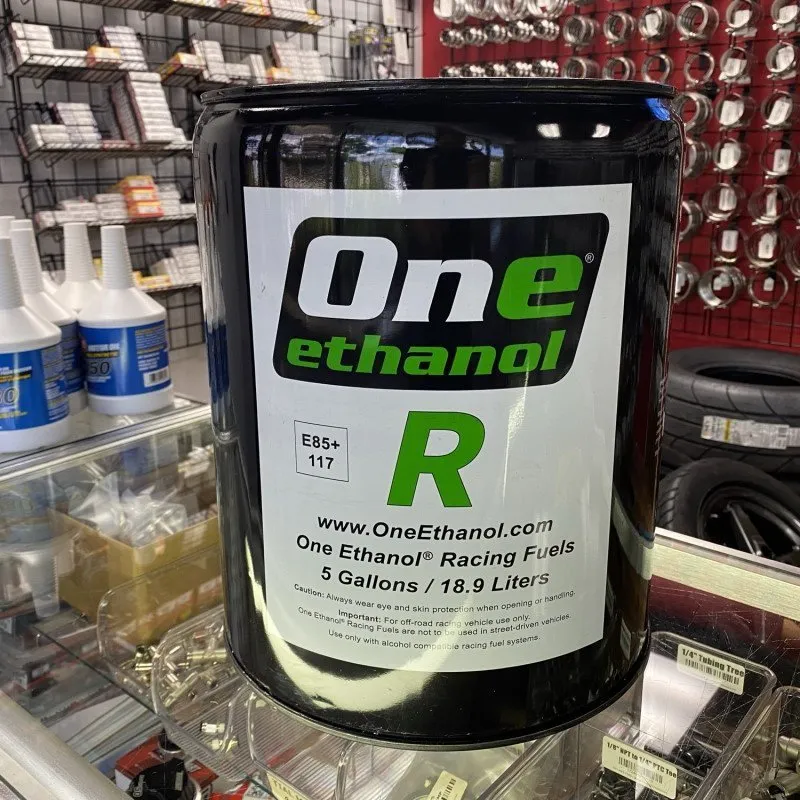
An octane rating, or octane number, is a standard measure of a fuel 's ability to withstand compression in an internal combustion engine without detonating. The higher the octane number, the more compression the fuel can withstand before detonating.